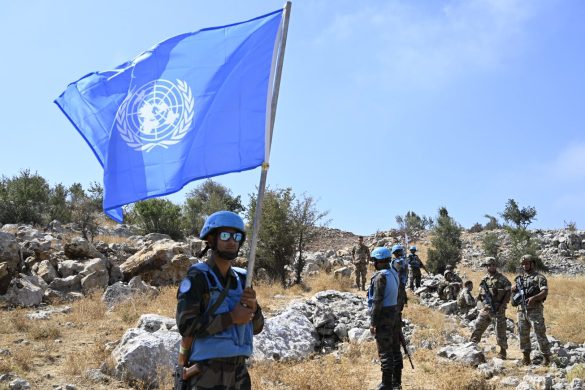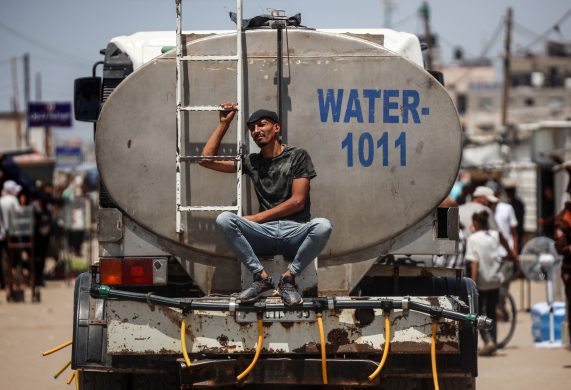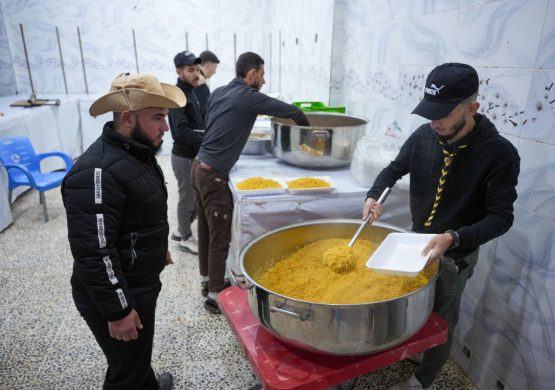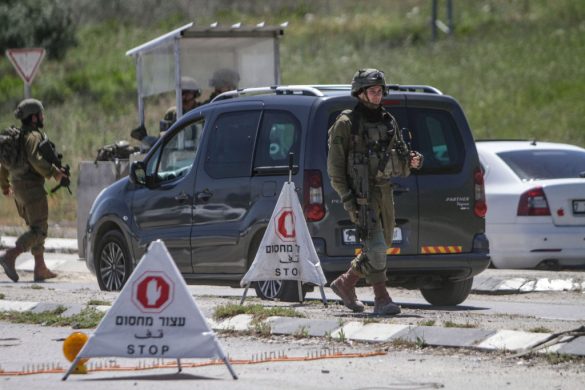Forestil dig et land eller område, hvor stort set alt må smugles ind gennem underjordiske tunneler – også byggematerialer, hvis du f.eks. vil opføre et hus – så er du i Gaza i Mellemøsten, hvor de politiske forhold dikterer en aparte virkelighed.
GAZA, 8 November 2012 (IRIN): Ayman Subhi, like the other 1,6 million residents of the Gaza Strip, is often a victim of international developments beyond his control.
When he graduated from college two years ago, he planned to build a home large enough for the family of six he supports (including his grandfather, parents and siblings (søskende)) who currently share 90 square metres on the ground floor of a three-story home split among seven families.
But in August, an attack on an Egyptian army outpost in Sinai, a few kilometres from the Gaza border, put his plans on hold.
The attack, blamed on extremists from Gaza (Egyptian investigations are still ongoing), killed 15 Egyptian soldiers.
This led Egyptian President Mohamed Morsi to start shutting down the network of underground tunnels through which smugglers send commercial supplies, aid, and allegedly arms and fighters between Egypt and Gaza.
The tunnels supply most – 80 percent according to one estimate – of Gaza’s construction materials, which are officially restricted by Israel and Egypt’s six-year blockade of the coastal territory.
Harsh Israeli restrictions
The closure of some of the tunnels (the percentage is uncertain) has worsened an existing housing crisis in Gaza caused by rapid population growth and extensive damage and destruction of homes during Israeli military operations.
But the crisis is worsened, most of all, by Israeli restrictions on imports of construction materials, aid workers say. Egypt also tightly controls its border with Gaza.
According to Hassan Madhoun, manager of the Association of Engineers in Gaza, construction activities have decreased 40 percent since the tunnel closures, signalling “a possible threat to the future of the sector”, which employs 75.000-150.000 people (no official numbers exist).
The UN Office for the Coordination of Humanitarian Affairs (OCHA) said the flow of construction materials through the tunnels had reportedly largely halted in early August but has reportedly gradually increased since then.
It is now at about 70 percent of previous operating capacity, OCHA said, which is still about 45 percent more than what enters through the official Israeli crossing at Kerem Shalom.
“What I need is to get a house for me and my family,” Subhi told IRIN. “Closing tunnels – with no viable and sustainable solution – is diminishing dreams of a young Palestinian generation to own a house.”
Shelter gaps
Læs videre på
http://www.irinnews.org/Report/96734/OPT-Tunnel-closures-exacerbate-Gaza-housing-crisis














